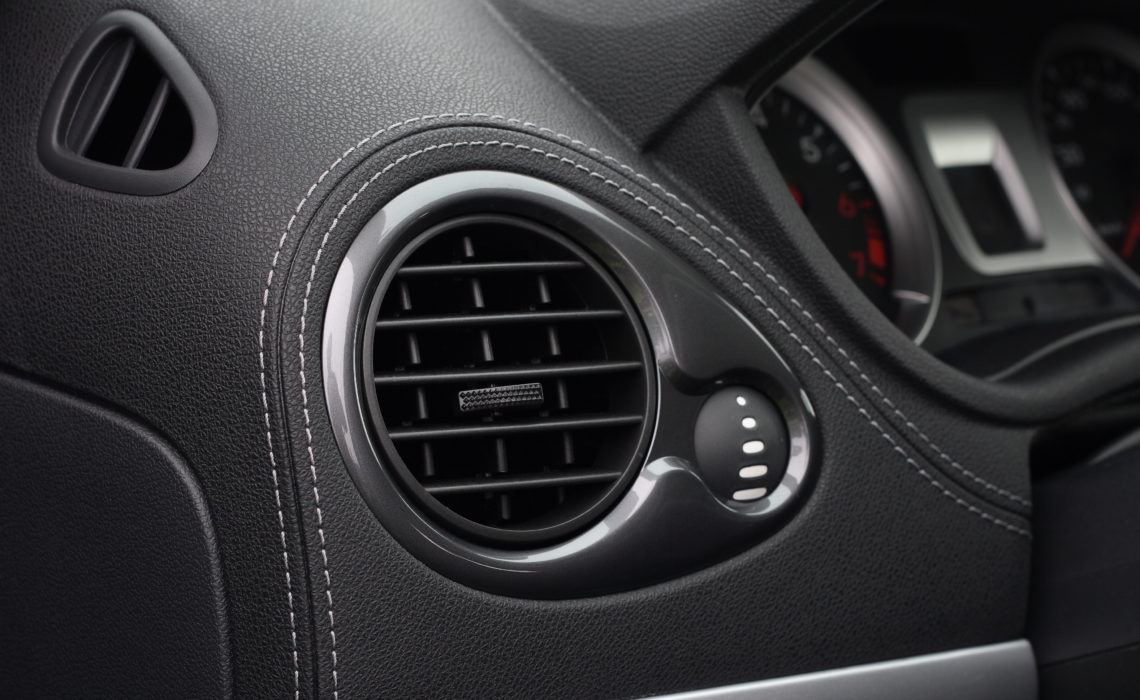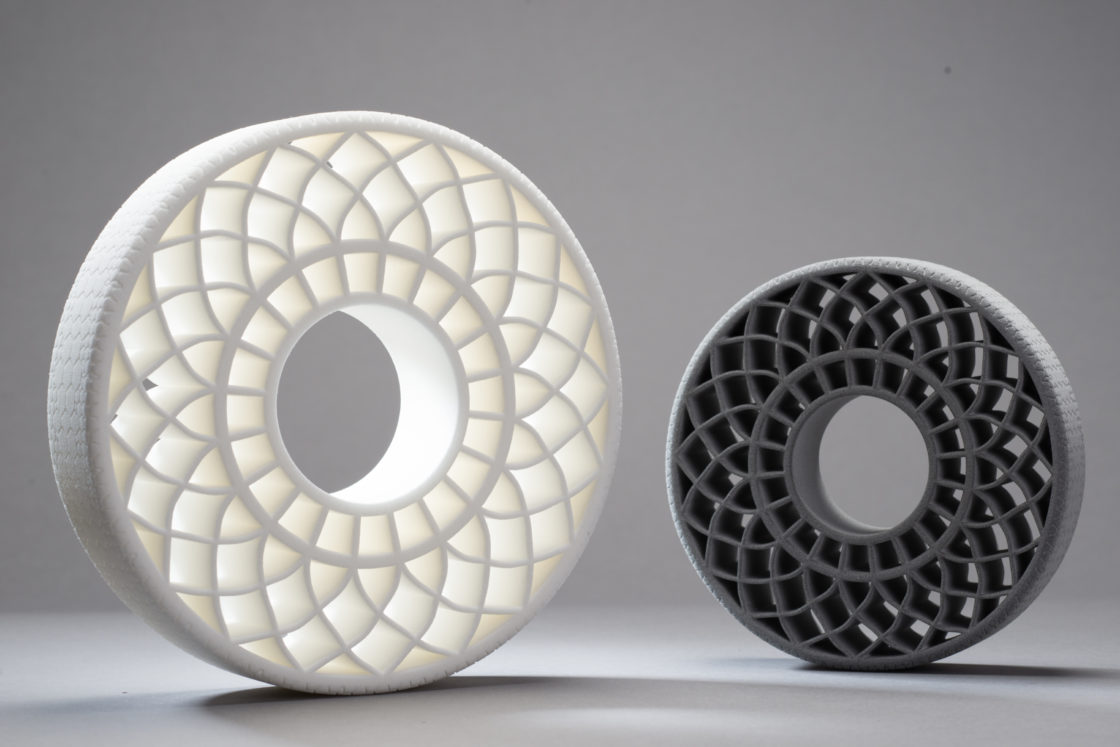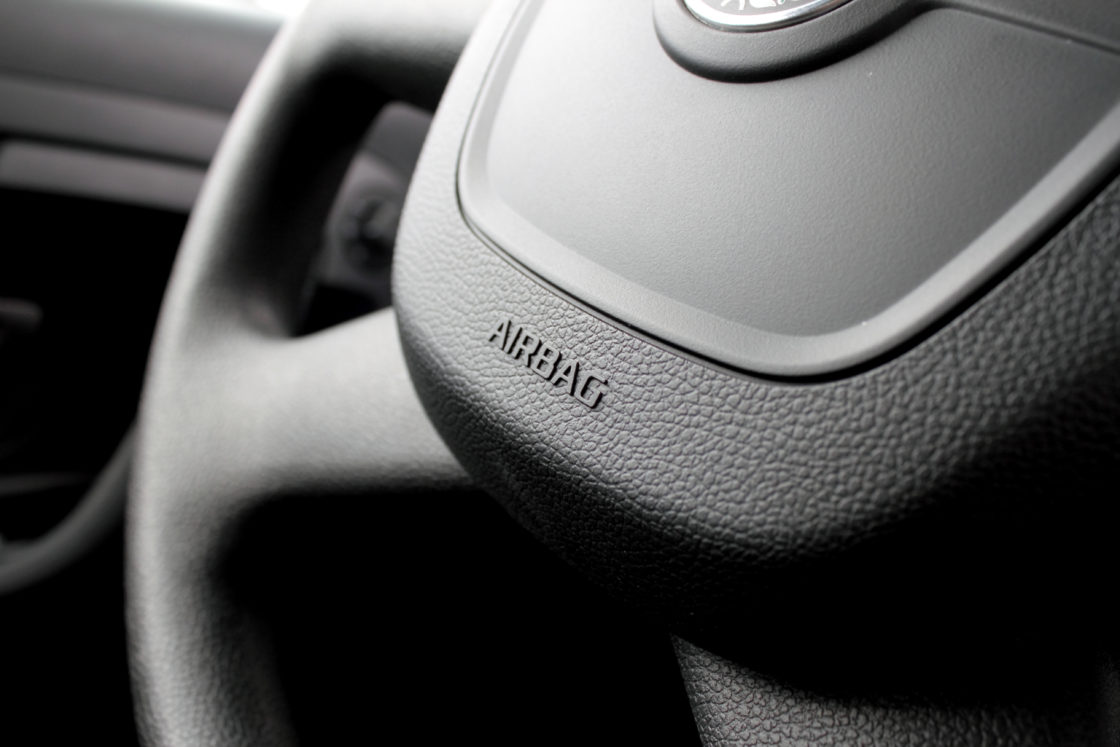
In partnering with BASF AM Forward, Shapeways has been able to provide access to a range of superior 3D printing materials for rigorous customer requirements in automotive applications, and more. Headquartered in Heidelberg, Germany, Forward AM employs 200 people who are all dedicated to the additive manufacturing industry, whether their roles are commercial or more technical.
In a recent webinar co-presented with Shapeways, BASF powder bed fusion products were the topic at hand. Automotive was also at the forefront of the discussion, as one of the first industries to embrace 3D printing technology, far before most people knew what it was—or what it had the potential to do in the long run.
Automotive Manufacturers Still Top the List for 3D Printing
As 3D printing hit the mainstream in the past decade, only then did the average lay person realize that large automotive companies with vast resources had quietly been using the technology for many years. Today, automotive 3D printing tops the list in terms of industrial users, with the vast number of products still being made for prototypes and proof of concept or test models, as well as mechanical and spare parts.
Working from three different application technology centers—in Heidelberg, Shanghai, and Detroit—the Forward AM team is able to focus on bringing new material products to the automotive industry, which means Shapeways customers are able to access additive manufacturing solutions specific to their designs, whether they are still engaged in product development or moving forward in manufacturing end-use parts for automotive applications.

Open Additive Manufacturing Systems Are Encouraged
Compatibility between 3D printing materials and technology is key to ensuring printability, and ultimately, quality parts. Open additive manufacturing systems also promote greater openness to innovation, and allow manufacturers to use all the different materials available for smaller and large-scale 3D printing; however, these processes are contingent on printer specifications meeting printer requirements of any given material so that it can be directly processed.
In developing TPU for use with HP’s MJF 3D printing systems, BASF Forward AM took four and a half years to sample and test the materials.
“BASF works with manufacturers to make sure that materials and machine combinations are the best they can be,” said Jeremy Vos, Business Development Manager at BASF Forward AM in North America. “We don’t participate right now with any types of additive manufacturing that have closed systems.”
3D Printing in Automotive–There’s No Reason to Wait Anymore
Many traditional manufacturers are still looking into the technology wondering about the possibilities for their own companies over time, and in many cases procrastinating due to a bevy of concerns about how to integrate such processes.
“Ford used to always talk about ‘now, near, and far,’” said Vos. “This is kind of that same idea. What’s now? What’s near, what’s far? The difference is that we don’t have any far on here.”
“Our photopolymers are the materials growing the fastest right now, as far as technological advancements go. We’ve got all kinds of opportunities for prototyping, for replacement parts, and even for tooling applications where we can use compatible materials to add in assembly.”

BASF Forward AM 3D Printing Materials and Technology
Nylon 6 Mineral Filled (PA6MF)
Available in black, Nylon 6 Mineral Filled (PA6MF) is a highly adaptable material, and well-suited for 3D printing as it allows for a transition from metal or alloys to more economical and versatile polymers. Used in highly industrial applications, PA6MF offers the following benefits:
- High stiffness
- Strength
- Impact resistance
- Heat stability
- Mineral-filled reinforcements offering properties similar to injection molded parts
PA6 MF is an excellent choice for prototypes of final series parts that require extensive testing for fit and performance. This is especially true in the automotive industry for engine parts, structural parts, and prototypes that must be functional too.
Selective Laser Sintering with PA6MF
Shapeways 3D prints PA6MF using Selective Laser Sintering (SLS) technology, another very powerful form of powder-based 3D printing. In this case, lasers are used to cure powder once it is dispersed on the print bed. A computer-controlled C02 laser traces a cross-section of the design in the powder, scans it, and then is responsible for melting all the powder particles together just under the melting point.
SLS 3D printing is also a technology offering greater latitude in design because supports are unnecessary. Up to a thousand parts may be included in one build, yielding high accuracy and repeatability, every single time for 3D printing in automotive.
Explore the guidelines for this material further here.
Polypropylene (PP)
Polypropylene (PP) is another versatile material ideal for automotive parts. With its excellent chemical resistance, low moisture absorption and long-term durability, HP High Reusability PP enabled by BASF is ideal for production of 3D printed automotive prototypes and final parts offering the same properties as PP for injection molding.
Shapeways also recommends PP, available in gray with a natural finish, for testing complex structures. Its genuine PP makeup allows for prototyping and evaluation of parts in critical areas like automotive, where traditionally manufactured PP is used.
PP allows for speed and efficiency in manufacturing, machining and tooling can be eliminated, and it is easy to make changes to industrial parts.
Other benefits include:
- Excellent chemical resistance
- The ability to weld with injection molded PP
- Low moisture absorption
- Biocompatibility—meets ISO 10993 and US FDA Intact Skin Surface Devices Statements
Multi Jet Fusion with PP
Shapeways relies on Multi Jet Fusion (MJF) to 3D print PP, harnessing the power of HP’s fast technology, which is also capable of enormous output in production.
Recommended for applications requiring tough parts and complex geometries, MJF begins like most other powder-based technologies: a layer of powder is spread onto the print area, and then particles are melted together. The difference with MJF is that lasers are not used; instead, a detailing agent is used to evaporate and cool the printing area, fusing the layers together with uniform strength.
Supports are not necessary, due to the bolstering effect of unsintered powder during the printing process, leading to greater design freedom—along with ease in post-processing and the elimination of the potential for damage in removing supports at the end.
Explore the guidelines for this material further here.
Thermoplastic Polyurethane
Shapeways offers Ultrasint TPU01 material from BASF, available in gray, also using Multi Jet Fusion 3D printers. These materials offer multiple benefits over other elastomers, to include:
- Superior tensile strength
- High elongation at break due to elasticity
- Excellent load-bearing capacity
- Resistance to chemicals, oil and grease, harsh weather, heat, and abrasion
Explore the guidelines for this material further here.
About Shapeways
Contact Shapeways now to enjoy the benefits of advanced technology and materials for 3D printing with accuracy, complex detail, and no limits in terms of mass customization or single part orders. Shapeways has worked with over 1 million customers in 160 countries to make over 21 million parts! Read case studies, find out more about Shapeways solutions, and get instant quotes here.

